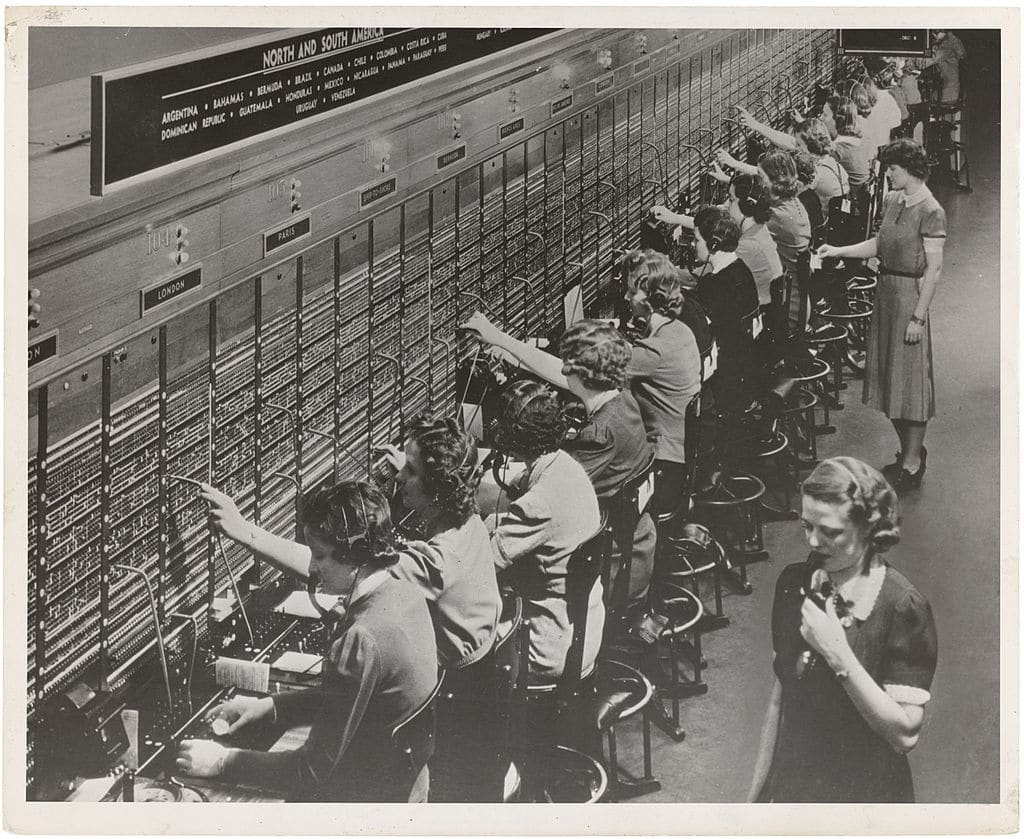This article was updated in July 2021.
It’s Y2K. AOL Instant Messenger is all the rage, introducing many of us to the LOL world of text-speak. Amazon is the place to get your freshly printed Harry Potter books. TiVo is re-engineering how we watch TV while disrupting the ad industry as we know it.
Even though the digital marketing world was in its infancy in 2000, we felt we had it all figured out. You don’t know what you don’t know, after all. Let’s take a look back at some interesting stats and predictions from the year 2000.
We had no idea how much data we’d be handling
A Berkley Y2K digital marketing study published in 2000 found that the world’s total production of information was reaching 250MB a year for every person on earth. “It is clear that we are all drowning in a sea of information,” the study authors marveled.
But were we?
It’s now estimated that 1.7MB of data is created EVERY SECOND for every person on earth. That’s more than a 21 million percent increase in data (at least, that’s the consensus among my crowdsourced Facebook friends who checked my work and even insisted I account for leap years).
At the time, magnetic storage—individual hard drives, mainly—was the largest medium for storing information. Its popularity was growing, with shipped hard drive capacity doubling every year. But we were storing our own data. Who knew the sky was the limit, in the form of something called “the cloud” (aka someone else’s magnetic storage)? Who knew it would handle the ballooning overload of data we now produce?
Customization of online orders isn’t there yet
This Y2K Harvard Business Review article centers around an e-commerce prediction that “customers will soon be able to describe exactly what they want, and suppliers will be able to deliver the desired product or service without compromise or delay.”
We’re closer, but we have a long way to go, mostly in the realm of manufacturing economies of scale. Sure, you can somewhat design your own Tesla and Nike shoes. But “made to order” products on a mass scale aren’t nearly the norm we thought they’d be by now. Will 3D printing and other innovations catch us up in the next 20 years? We’ll see.
Our smartphones are smarter than we imagined
Cell phones were first connected to the internet in 2000, but that didn’t make a big difference in how most consumers used them. For those willing to invest in a smartphone at the time, things like videoconferencing and sending large email attachments became possible. But that’s about it.
During this time, an Amazon promotion called “the future is now” touted the latest digital cameras. Remember what photos looked like on your flip phone? Who knew the future would actually include your cell phone making those electronics practically obsolete?
The game didn’t truly change until the iPhone in 2007. It was the first phone to access the “full, un-watered down version of the internet.” Since then, smartphones have replaced dozens of other products consumers once relied on: newspapers (and magazines and books), radios, televisions, board games, calculators, watches, and even wallets.
And then there’s the e-commerce effect. How could we have known that in Y2K, more than 40% of online purchases would be done from a smartphone, and nearly 80% of smartphone users purchase products and services online using their phones?
“Going green” wasn’t expected to be marketable
While working with a dairy industry giant back in my ad agency days in 2000, I recall noticing a scrappy little organic dairy farm in Colorado called Horizon that was making a splash in niche markets. It was adorable and admirable what they were trying to do but, certainly, organic products and their sustainable cousins would never really become mainstream. Those types of green products were just too expensive for consumers to demand.
By 2013, the “green message” still only appealed to about 15% of consumers. It turns out, we just needed a bit longer to warm up to the idea. A new study found that 50% of consumer packaged goods (CPG) growth from 2013 to 2018 came from sustainability marketed products. Products marketed as sustainable grew 5.6 times faster than those that were not.
To bring this point back around to the digital, Global WebIndex Strategic Insights Analyst Olivia Valentine recently examined how social media has driven this new era of green consumerism. One could say Greta Thunberg wouldn’t be a household name without social media, and neither would many of the sustainable products outselling their traditional counterparts on store shelves.
Y2K Digital Marketing: Then and Now
Certainly, these aren’t the only Y2K digital marketing predictions that didn’t quite pan out. What do you remember? What did you swear-on-your-iPod was the next wave of the future but is no longer a thing? Don your Abercrombie & Fitch thinking hat and add to the story below.
